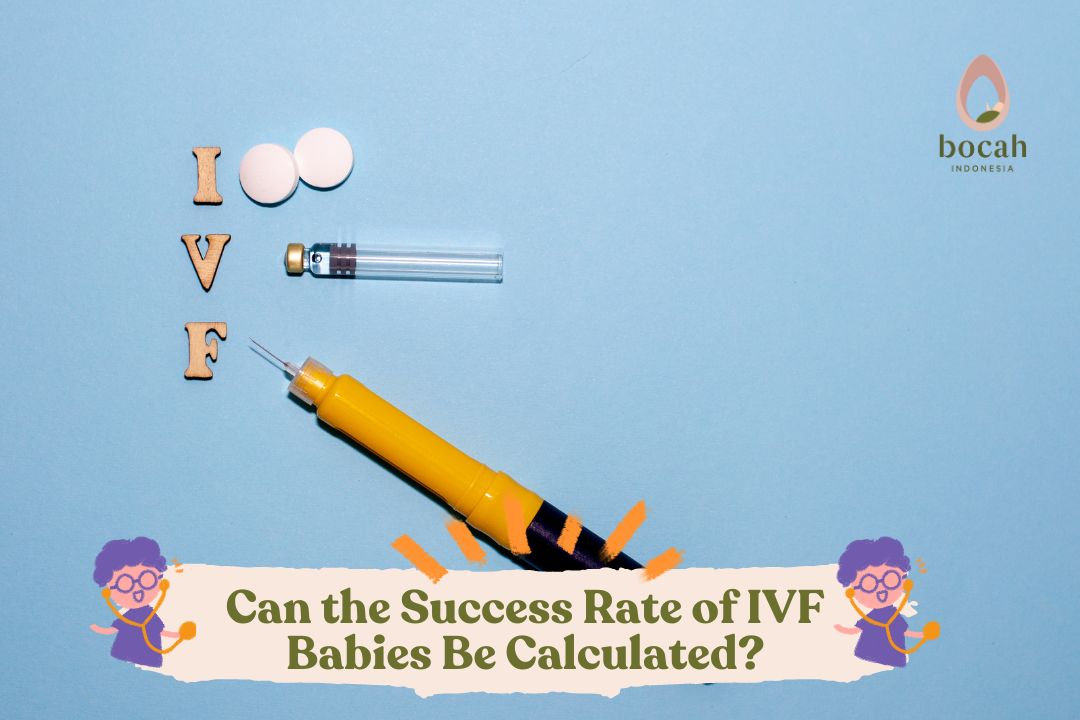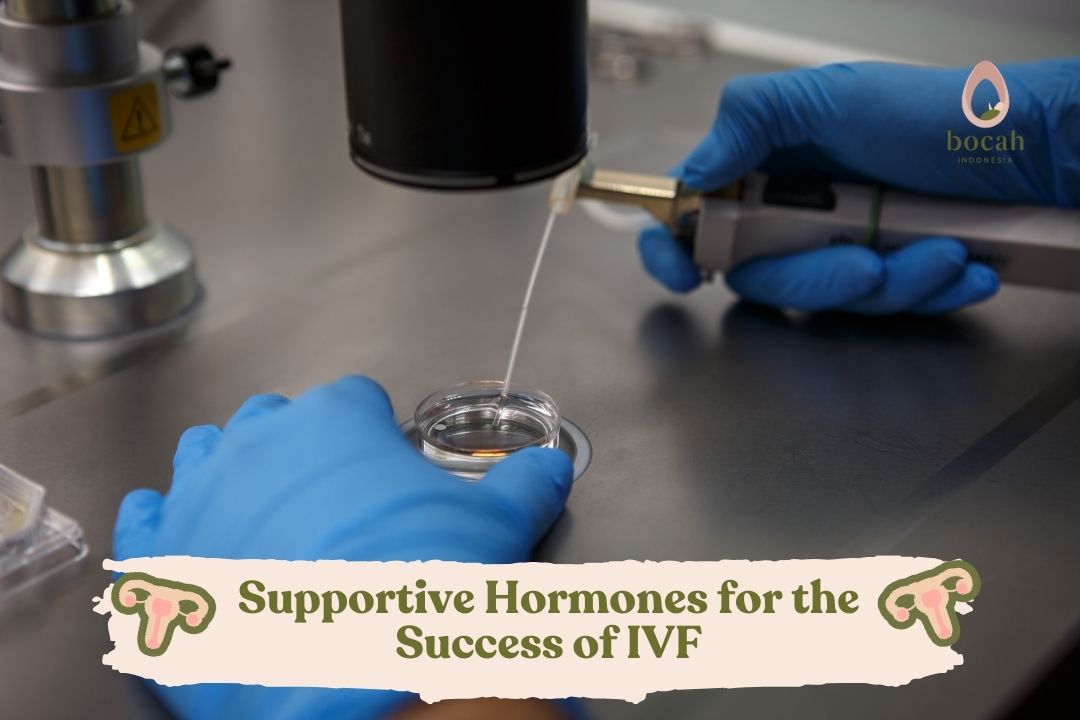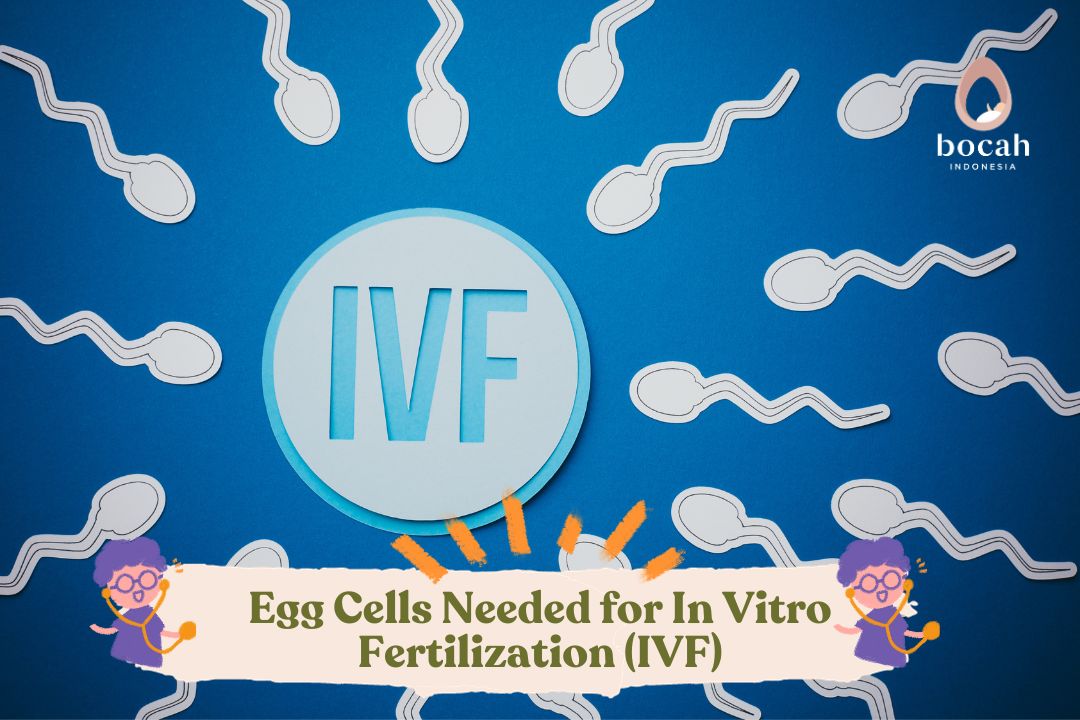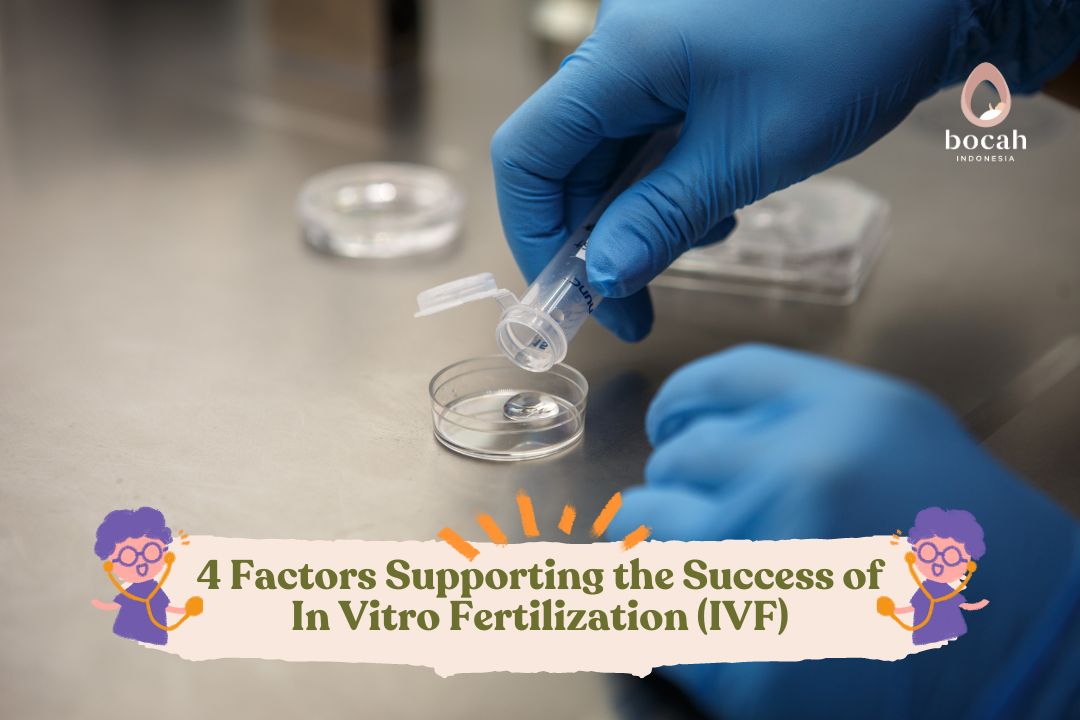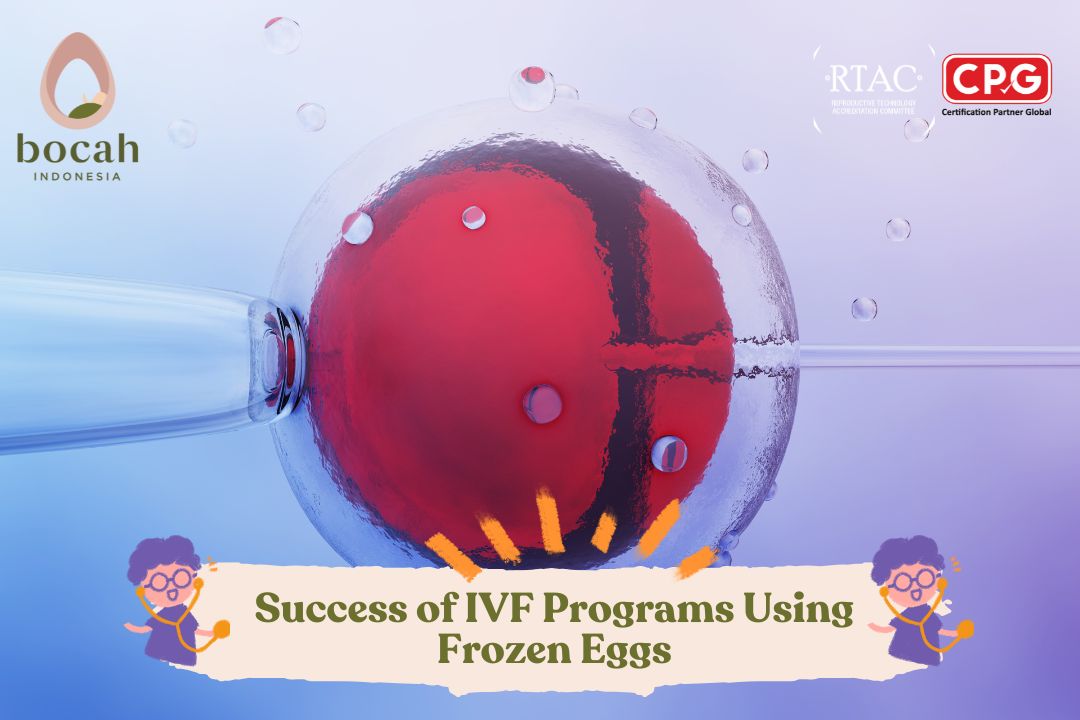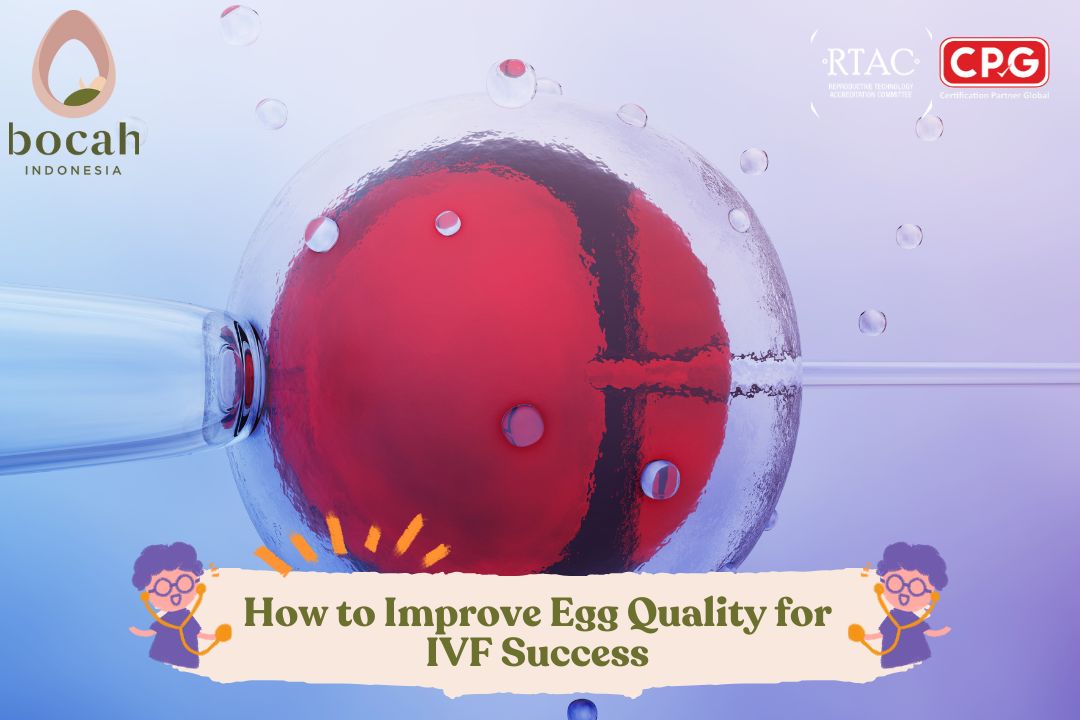Success rate of IVF in blocked tube cases
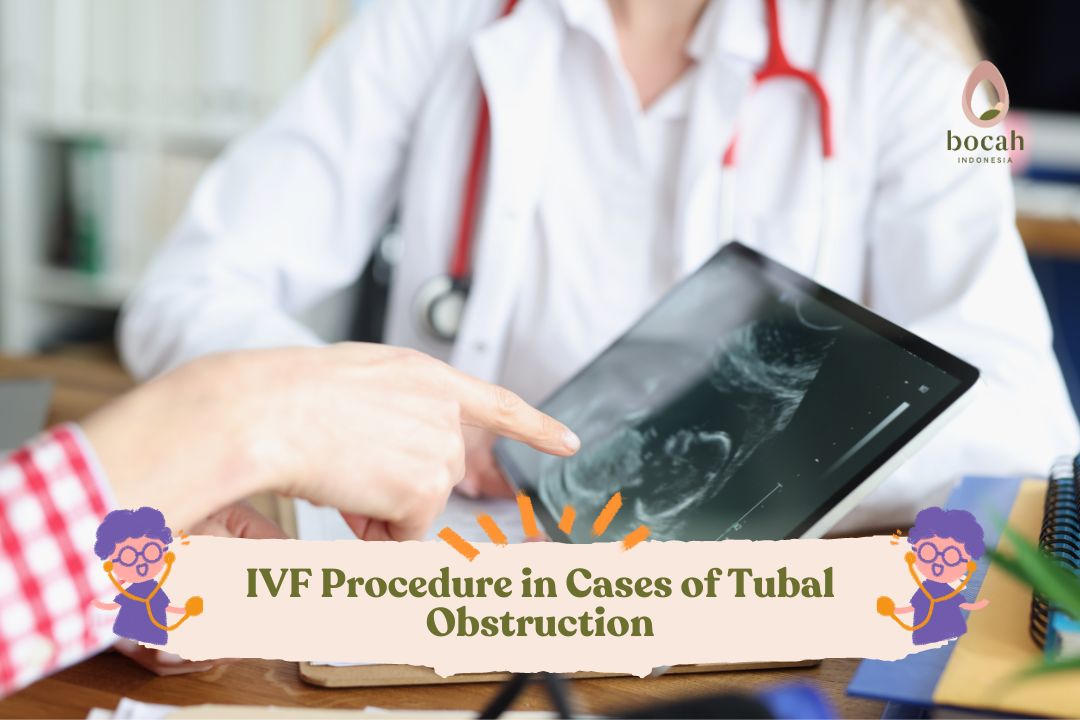
Blockage of the fallopian tubes is an indication that IVF is needed. So, is the process different from the usual one?
Tubal blockage is known to be one of the most common causes of infertility in women. The chances of conceiving naturally in this condition can be said to be very small and potentially dangerous due to the risk of causing an ectopic pregnancy or pregnancy outside the womb.
The availability of IVF programs can be a solution for women who experience infertility due to tubal blockage.
The role of the fallopian tubes in the pregnancy process
The fallopian tubes play an important role in the process of conception and pregnancy. There are at least three important roles that the fallopian tubes play in the reproductive process.
- As a repository for eggs. Each month, one of the ovaries releases a mature egg as part of a woman’s menstrual cycle. Finger-like structures at the ends of the fallopian tubes, called fimbriae, sweep the egg into the tube, where it waits to be fertilized.
Fertilization.
- As a place where fertilization occurs. When a man ejaculates during intercourse, the sperm travels through the vagina, cervix, uterus, and eventually to the fallopian tubes. Fertilization occurs in these tubes when the egg and sperm meet.
Fertilization occurs in these tubes.
- As the active pathway that moves the fertilized egg towards the uterus. The fallopian tube is made up of muscle cells that move the embryo towards the uterus, where it implants and grows into a fetus.
It is the active pathway for the fertilized egg towards the uterus.
Causes of blocked fallopian tubes
Blockage of the fallopian tubes is common, affecting around 20-30 percent of women with infertility. The most common cause of tubal blockage is pelvic inflammatory disease (PID) triggered by sexually transmitted infections due to chlamydia and gonorrhea bacteria. These bacterial infections can cause pelvic pain, abscess growth, scarring due to adhesions, and even lead to ectopic pregnancy if left untreated.
Tanya Mincah tentang Promil?
Tubal blockage location and impact
The impact of a tubal blockage depends on its location, which is as follows:
The impact of a tubal blockage depends on its location.
- Proximal blockage, which is located close to the uterus. American Society of Reproductive Medicine(ASRM) states that proximal tubal blockages account for 10-25 percent of tubal disorders, which are generally relatively easy to treat.(ASRM).
- Central segment blockage, which can be caused by some form of damage or scarring, such as from tubal ligation in permanent contraception, ectopic pregnancy, or attempts to restore tubal function (tubal reversal surgery) which failed.
- Distal blockage, which is located away from the uterus and closer to the ovaries. The fallopian tubes can be partially or completely blocked at the end.
this is located away from the uterus and closer to the ovaries.
- Fimbriae, the finger-like tissue that sweeps the egg down the tube to the uterus after being released by the ovaries. Damage to the fimbriae can prevent the egg from reaching the fallopian tubes..
Tubal blockage and risk of ectopic pregnancy
One of the concerns due to tubal blockage is ectopic pregnancy, which is pregnancy outside the womb or uterus. Ectopic pregnancy in the fallopian tubes generally occurs in cases of partial tubal blockage. This partial blockage still allows the sperm to fertilize the egg. However, the fertilized egg, or embryo, cannot exit the fallopian tube into the uterus. Subsequently, the embryo develops inside the fallopian tube, and can cause severe bleeding and other dangerous complications.<nbsp;
Infertility program in tubal blockage, is it beneficial?
The IVF program bypassesthe fallopian tubes in the process of fertilization and implantation, thus helping women with tubal obstruction achieve pregnancy.
The IVF program can help women with tubal obstruction achieve pregnancy.
In IVF, the egg is harvested from the ovary through a process of ovum pick up before being released into the fallopian tubes. As a result, blocked fallopian tubes will not interfere with egg retrieval. Next, the egg is matched with the sperm in the laboratory for fertilization. The formed embryos are observed for several days until they reach the blastocyst stage. Once ready, one or more embryos are transferred back into the uterus. If successful, implantation will take place and the pregnancy process will continue.
It should be noted that in cases where the tubal blockage is accompanied by hydrosalping (fluid buildup in the fallopian tubes), this condition will reduce the success rate of IVF by 50 percent. This is because the fluid from hydrosalpinx can flow backwards into the uterus, creating an unhealthy environment for implantation and embryo development.
The good news is that IVF success rates can improve dramatically if hydrosalping is treated first. Hydrosalping can be treated by surgically opening the blocked end of the fallopian tubes. Alternatively, a special device is placed inside the fallopian tubes to prevent fluid leakage. In severe cases, the fallopian tubes need to be removed through a salpingectomy procedure. Subsequently, an IVF program is required to get pregnant after salpingectomy.
Success rate of IVF in cases of tubal obstruction Infertility program in cases of tubal blockage
The success rate of IVF can vary from one individual to another. The pregnancy rate for all IVF cycles is around 25-30 percent. However, the success rate for women under the age of 35 is usually higher, given their generally better fertility profile.
The success rate for IVF cycles is around 25-30 percent.
Compared to tubal reconstruction surgery, IVF has been shown to be more effective in treating tubal factor infertility. The advantages and disadvantages of IVF for tubal blockage are summarized in the following table:
The doctor may recommend tubal reconstruction surgery when tubal factors are the only cause of infertility and tubal damage is minimal. However, surgery has the disadvantage of taking weeks to fully recover. Consequently, the process of achieving pregnancy is certainly delayed. Not to mention, if it turns out that the surgery fails to improve tubal function as desired.
In contrast, IVF is the main option for women aged 35 years and above, women with severe tubal damage, or because the time factor is essential. The main advantages of this method are the good pregnancy success rate and the fact that it is relatively less invasive than tubal surgery. The main disadvantage is more economic, i.e. high cost.
Closing
In even seemingly unproblematic couples, pregnancy can be difficult. However, it is certainly more difficult for those with blocked fallopian tubes. With at least one healthy fallopian tube, natural or artificial insemination-assisted pregnancy is still possible. On the other hand, if both fallopian tubes are compromised, then pregnancy will be more difficult. In this case, IVF is the best solution as it allows pregnancy without much influence from the tubal damage.
This article has been medically reviewed by Dr. Fiona Amelia, MPH
Source:
- American College of Obstetricians and Gynecologists. [Last reviewed 2020 Nov]. FAQ137. Treating infertility. URL: https://www.acog.org/womens-health/faqs/treating-infertility.
- Choe J, Archer JS, Shanks AL. In Vitro Fertilization. [Updated 2021 Sep 9]. In: StatPearls [Internet]. Treasure Island (FL): StatPearls Publishing; 2022 Jan-. Available from: https://www.ncbi.nlm.nih.gov/books/NBK562266/.
- Ho J, Paulson R. In vitro fertilization: Procedure. In: UpToDate, Post, TW (Ed), UpToDate, Waltham, MA, 2024.
- Kuohung W, Hornstein MD. Female infertility: treatments. In: UpToDate, Post, TW (Ed), UpToDate, Waltham, MA, 2024.
- Paulson R. Patient education: In vitro fertilization (IVF) (Beyond the Basics). In: UpToDate, Post, TW (Ed), UpToDate, Waltham, MA, 2022.
- Paulson R, Ho J. Smith RP, Kaunitz AM. In vitro fertilization: Overview of clinical issues and questions. In: UpToDate, Post, TW (Ed), UpToDate, Waltham, MA, 2022.


